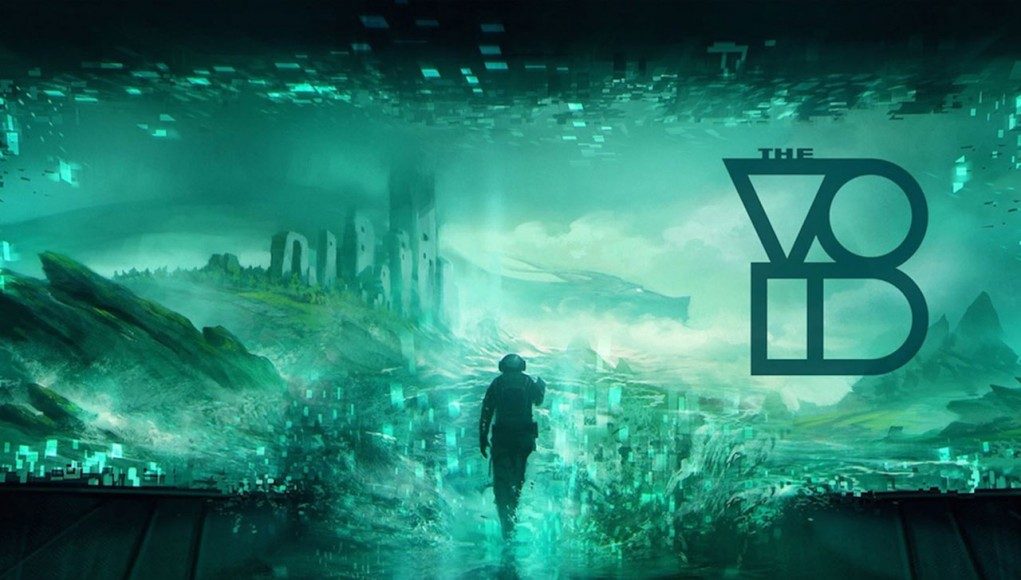 The VOID started when Curtis Hickman brought on James Jensen to do some pre-visualization of the Evermore theme park that he was developing with Ken Bretschneider. When Curtis asked James if he had any other cool ideas, he shared his long-time vision of creating a virtual world that was overlaid on top of a physical world to create a mixed reality experience. They created an initial proof of concept that convinced them they were on to something really compelling, but they still had to solve a number of big problems in order to create their “Vision Of Infinite Dimensions” that The VOID set out to accomplish. So the VOID turned to ‘magic’ to solve them.
The VOID started when Curtis Hickman brought on James Jensen to do some pre-visualization of the Evermore theme park that he was developing with Ken Bretschneider. When Curtis asked James if he had any other cool ideas, he shared his long-time vision of creating a virtual world that was overlaid on top of a physical world to create a mixed reality experience. They created an initial proof of concept that convinced them they were on to something really compelling, but they still had to solve a number of big problems in order to create their “Vision Of Infinite Dimensions” that The VOID set out to accomplish. So the VOID turned to ‘magic’ to solve them.
LISTEN TO THE VOICES OF VR PODCAST
Curtis is a professional illusionist who spent many years designing magic tricks for some of the world’s top magicians, and he started to solve some the VOID’s design problems by using what he knows about magic. He independently discovered VR techniques that are more widely known as redirected walking, and he expanded upon these to crate an experience that allows the user to make choices in exploring infinite mixed reality worlds using their physical template. I had a chance to catch up with Curtis after trying the VOID in Utah before Sundance, and he shared with me other insights for what VR designers can learn using techniques of magic.
The VOID is going to be shown to all of the TED attendees this week, and so keep an eye out for reactions. Here’s a poster with the trigger warnings provided to TED attendees with sensitivities:
THE VOID at TED 2016 @TEDTalks @voidvr @pdwproductions We are ready to RoCK! pic.twitter.com/QqgA5fkWEm
— James Jensen (@JamesAtTheVoid) February 9, 2016
Take note of the “sudden drops” warning. I was told that not all of the people going through will experience a sudden drop, but I expect some pretty strong reactions from those who do. Keep an eye news coming out of TED this week to hear how people are responding. This beyond room-scale experience may be a lot of people’s first exposure to VR, and I’d expect it to blow some minds.
Become a Patron! Support The Voices of VR Podcast Patreon
Theme music: “Fatality” by Tigoolio







